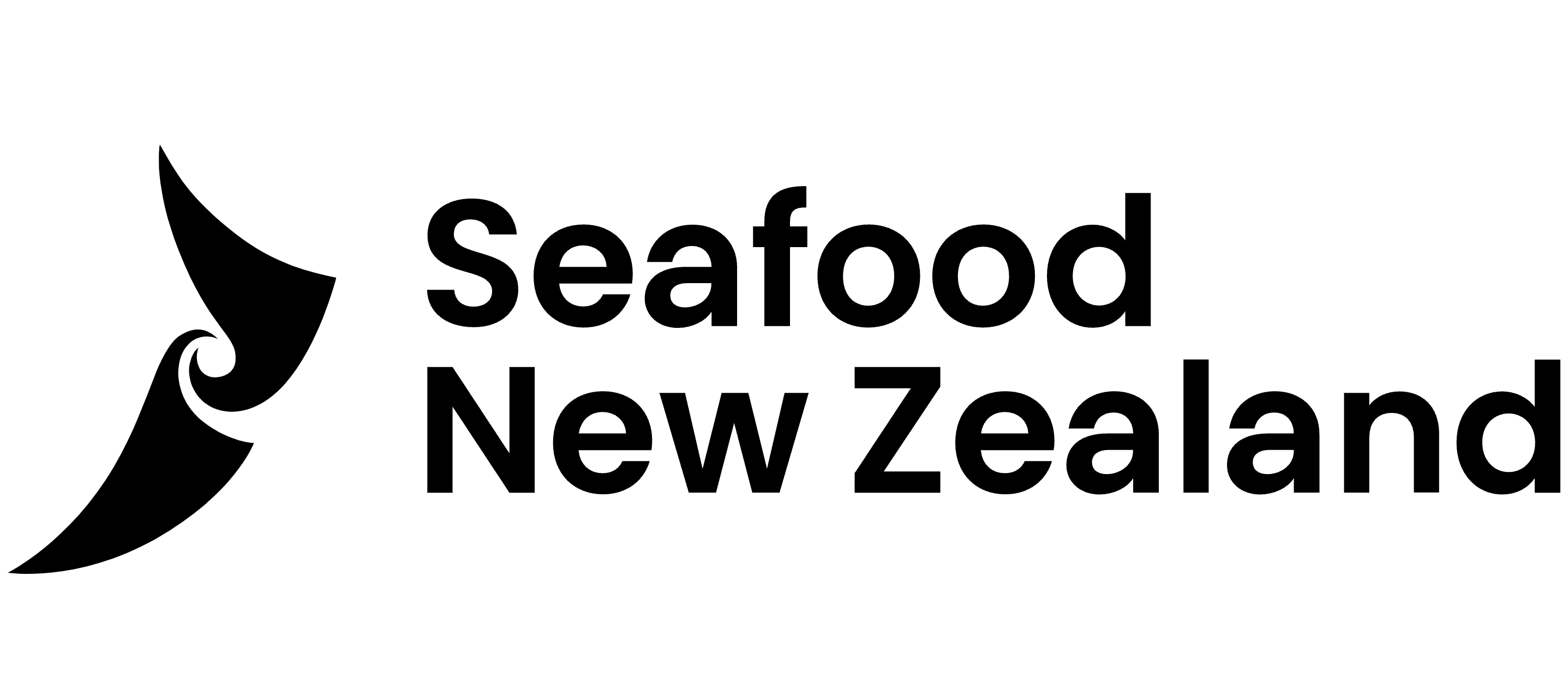Revolutionary new trawling method improves quality of catch
A revolutionary new sustainable trawling method is showing great potential for increasing the value of New Zealand’s fisheries by more than $43 million per year by 2025, industry leaders heard in Wellington today.
The Precision Seafood Harvesting (PSH) technology known as a Modular Harvest System (MHS) is a potential replacement for traditional fishing methods. Using a large flexible PVC liner with specifically sized holes along its length, it allows undersized fish to escape before being brought on board a fishing vessel. In addition, the fish that are brought on board stay in good condition because they are still swimming in the liner when they’re on the deck, resulting in less stress and reduced likelihood of injury.
The PSH programme is in its third year of a six-year commercialisation trial period. The technology is being trialled on six vessels in the hoki and snapper fisheries.
Three major New Zealand fishing companies, Aotearoa Fisheries, Sanford and Sealord are investing $24 million between them into the programme, with the other half of the funding coming from the Ministry for Primary Industries, which is matching the industry investment under a Primary Growth Partnership. The technical servicing and design work is being performed by scientists at Plant & Food Research in Nelson.
Dave Woods, the Programme Manager for PSH told the audience at the 2015 New Zealand Seafood Industry Conference that results of trialling the Modular Harvest System (MHS) showed potential for much higher survival rates in juvenile snapper and improved quality of the catch for both snapper and hoki. For example, snapper harvested with the MHS can have a 79 per cent chance of survival if they are fished from depths greater than 20 metres. The confirmation of this improved survivability potential has provided the opportunity for stage two of the PSH programme, which is the improved on-board fish handling systems, to proceed. This development process is already underway.
The technology will also be tested in the squid fishery next year.
PSH is changing the way fish can be taken to market – offering greater quality fish for consumers.
“The significant opportunity for added value to our seafood products resulting from the use of PSH technology is rapidly becoming a reality,” he told the conference.
However, similar to the sustainability and survivability work, this is progressing in stages and is tracking well at this mid-point of the programme.
More than 270 people are attending the New Zealand Seafood Industry Conference in Wellington, which has as its theme, New Zealand Sustainable Seafood, Adding Value.
ENDS



 Bill Bennett: Download Weekly - Review Of 2024
Bill Bennett: Download Weekly - Review Of 2024 Bill Bennett: One NZ scores worldwide first as Starlink direct-to-mobile launches
Bill Bennett: One NZ scores worldwide first as Starlink direct-to-mobile launches Hugh Grant: How To Reduce Network Bottlenecks
Hugh Grant: How To Reduce Network Bottlenecks Dominion Road Business Association: Auckland Transport's 'Bus To The Mall' Campaign: A Misuse Of Public Funds And A Blow To Local Businesses
Dominion Road Business Association: Auckland Transport's 'Bus To The Mall' Campaign: A Misuse Of Public Funds And A Blow To Local Businesses Parrot Analytics: A Very Parrot Analytics Christmas, 2024 Edition
Parrot Analytics: A Very Parrot Analytics Christmas, 2024 Edition Financial Markets Authority: Individual Pleads Guilty To Insider Trading Charges
Financial Markets Authority: Individual Pleads Guilty To Insider Trading Charges



